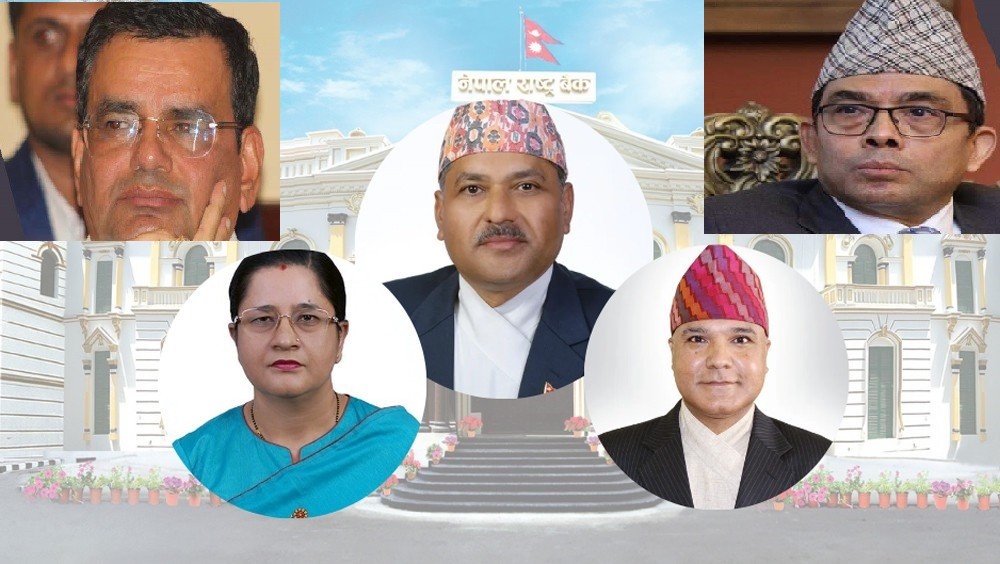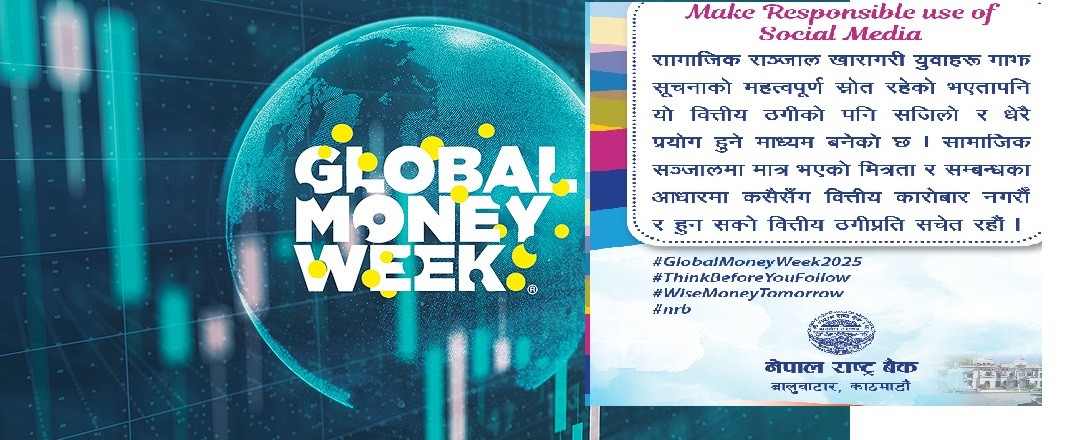How has NEPSE Index fared over the last decade? See why investors' confidence in the market is an important factor of influence
Aug Fri 2019 10:53:15
3827 views

It has been more than 25 years since NEPSE (Nepal Stock Exchange) opened its trading floor in January 13, 1994 with an objective to impart free marketability and liquidity to the government and corporate securities. Before the introduction of NEPSE Automated Trading System (NATS) in 2007, "Open Out-Cry" system was in place for the transaction of securities.
NEPSE Index, alike any stock exchange index, is considered as the proxy of investors' confidence in the economy and government policies regarding capital market reforms. Higher index means increased market price of shares and improved performance of companies and vice-versa. NEPSE's index is calculated by taking the market capitalization of all listed securities based on February 12, 1994 (30 Magh 2050) prices as 100.
In this review, we aim to study how NEPSE index has performed over the period of 10 years from FY 66/67 to 75/76.
Year | FY High | FY Low | FY End | Pts. Change |
|---|---|---|---|---|
66/67 | 739.02 | 405.45 | 477.73 | (271.37) |
67/68 | 468.53 | 292.31 | 362.85 | (114.88) |
68/69 | 432.83 | 298.9 | 389.74 | 26.89 |
69/70 | 555.73 | 384.89 | 518.3 | 128.56 |
70/71 | 1,036.98 | 509.3 | 1,036.11 | 517.81 |
71/72 | 1,083.55 | 837.83 | 961.23 | (74.88) |
72/73 | 1,724.59 | 963.23 | 1,718.15 | 756.92 |
73/74 | 1,881.45 | 1,252.50 | 1,582.67 | (135.48) |
74/75 | 1,667.94 | 1,168.55 | 1,212.36 | (370.31) |
75/76 | 1,349.38 | 1,098.95 | 1,259.01 | 46.65 |
(Source: SS Pro)

Year 2066/67 marks the period when Nepali stock market was going through its bearish period due to cooling down of real estate market. The market closed for the year at 477.73 after falling by 36% compared to previous year 65/66. Decline continued in the year 67/68 to reach its lowest in 6 years and closed at 362.85.
In the subsequent three years NEPSE index rose to 389.74, 518.3 and 1,036.11 respectively before falling down in 71/72 to close at 961.23. The decline was mostly attributed to the devastating earthquake and the blockade that followed afterwards in the 2072. Post that, NEPSE index started to rise in the following two years to reach its utmost peak of 1,881.45 in 73/74, but fell sharply afterwards. The boom during these years was mostly accounted to the NRB's directive to Bank and Financial Institution (BFI) to raise their capital base. Thus, demand for BFI's stock increased as they had to float bonus and rights shares to expand their share capital.

Despite the reform measures adopted by the stock market regulators, due to reasons such as increased bank saving interest rates, ineffective online trading system and inadequate study-based policy implementation had impeded NEPSE index to reach another height. In the last FY 75/76, index was seen oscillating mostly between 1100 and 1300 mark, crossing 1300 mark barely for half a month mostly during Jestha.
With the start of new fiscal year, we have already seen some ups and downs. Reduction in capital gain tax to 5% has lifted investors' confidence while paper works relating to weighted average pricing has discouraged investors to trade. Introduction of monetary policy didn't help market to go green, rather market continued to suffered double digit losses. So how will the market behave in the future? It's always hard to predict as Samuel Goldwyn rightly said “forecasts are difficult to make - particularly those about the future.”








